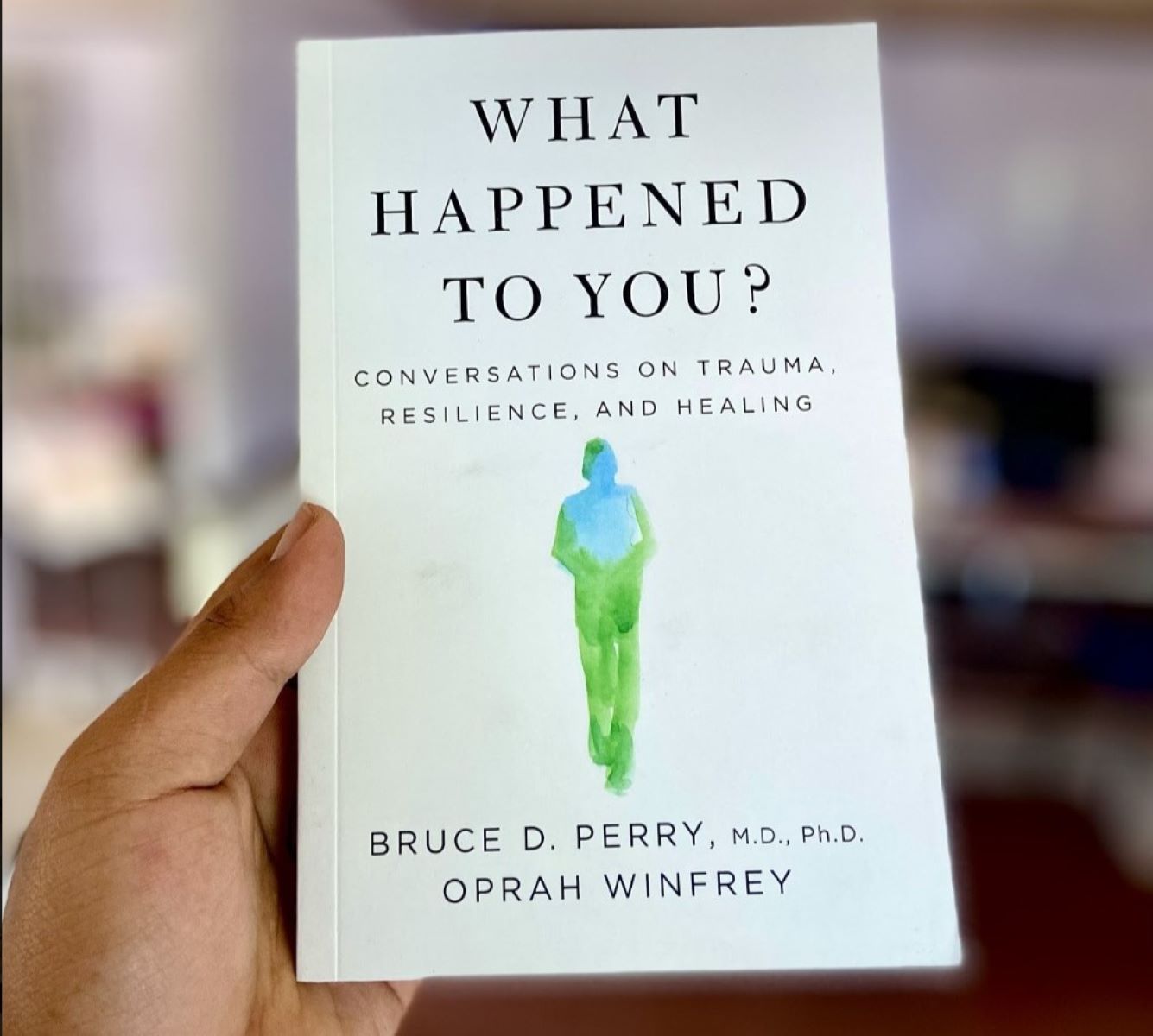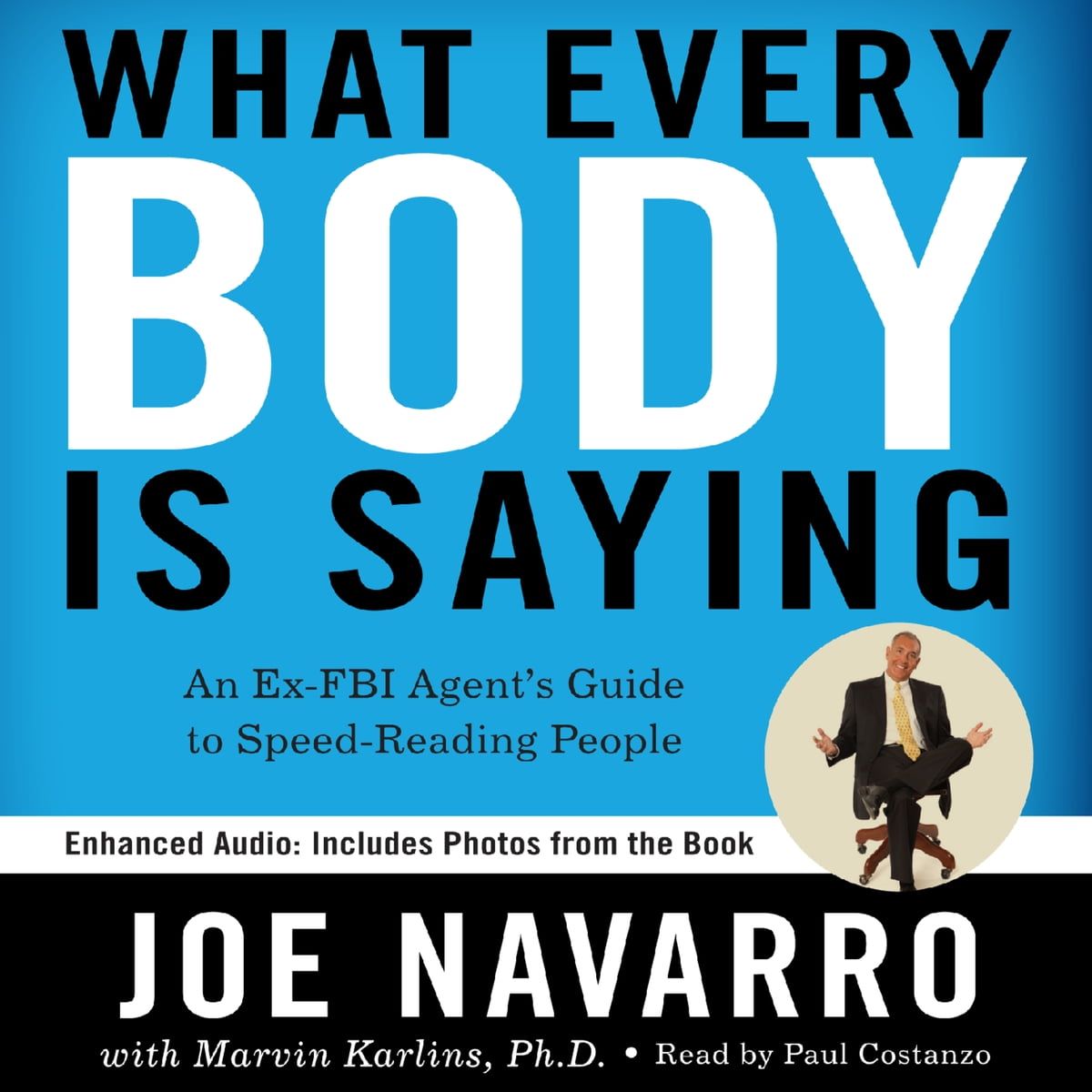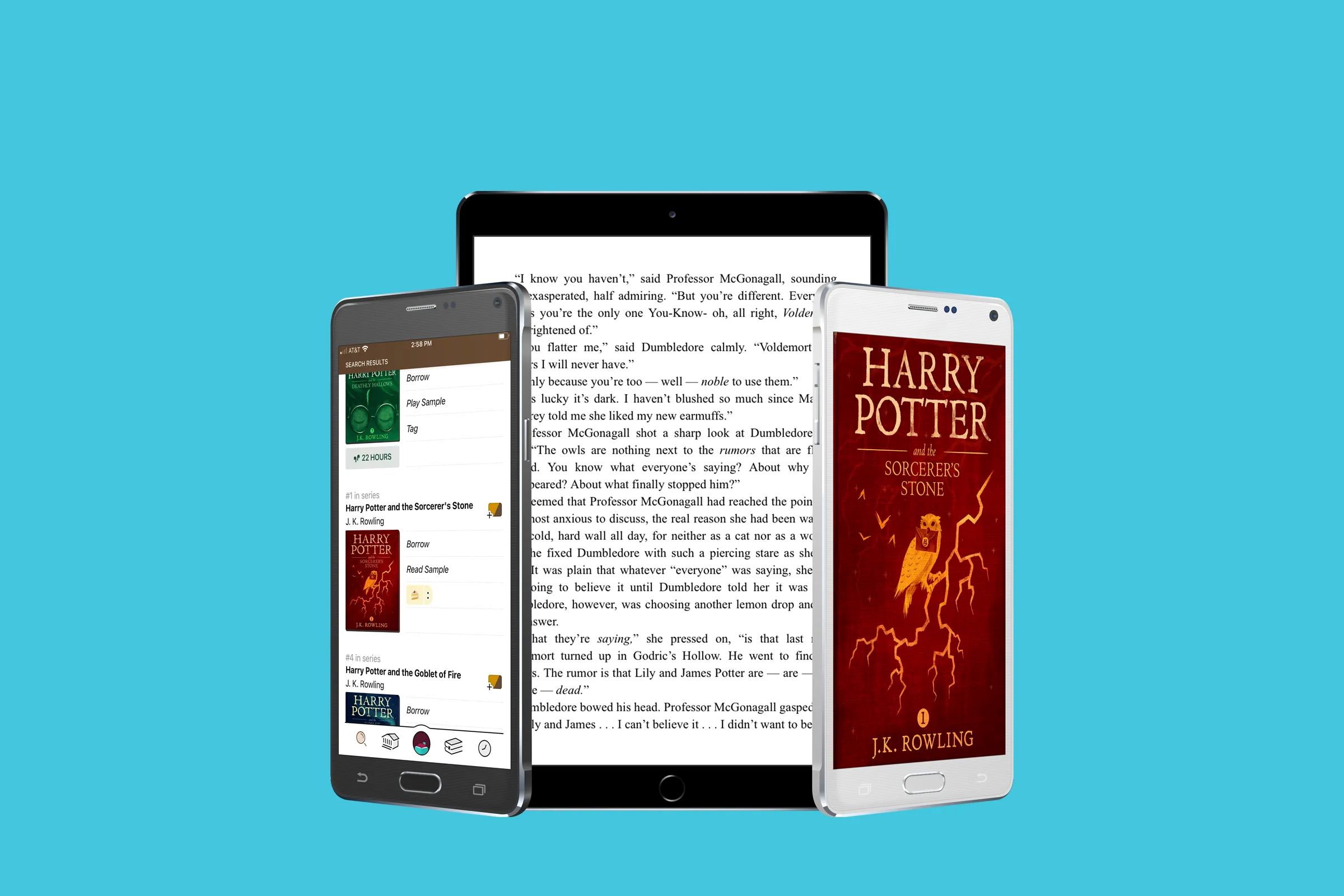Home>Production & Technology>Audiobook>What Is Audiobook CD


Audiobook
What Is Audiobook CD
Modified: January 22, 2024
Discover the convenience of Audiobook CDs and how they offer a portable way to enjoy your favorite books on the go. Experience the pleasure of listening to captivating stories and informative content with the Audiobook CD format today.
(Many of the links in this article redirect to a specific reviewed product. Your purchase of these products through affiliate links helps to generate commission for AudioLover.com, at no extra cost. Learn more)
Table of Contents
Introduction
Welcome to the fascinating world of audiobook CDs! In today’s fast-paced and tech-driven world, traditional reading habits have evolved, giving rise to alternative formats such as audiobooks. An audiobook CD is a physical medium that allows you to listen to your favorite books being read aloud.
With the advent of digital technologies, audiobooks have become increasingly popular, and it’s easy to see why. Listening to an audiobook offers a convenient and immersive way to enjoy literature while you’re on the go, whether you’re driving, exercising, or simply relaxing at home.
Audiobook CDs provide a tangible experience for those who appreciate the nostalgia of physical media. They offer a sense of connection to the story, as you insert the CD into a player and listen to the narrator’s voice bringing the characters and settings to life.
Whether you’re a fan of classic literature, thrilling mysteries, self-help books, or any genre in between, there is an extensive range of audiobook CDs available to cater to your interests. From timeless classics like “Pride and Prejudice” to contemporary bestsellers like “The Girl on the Train,” you can find audiobook CDs to suit every taste.
In this article, we’ll explore what audiobook CDs are, how they work, the advantages and disadvantages of using them, as well as popular formats and where to find them. Whether you’re a seasoned audiobook enthusiast or contemplating diving into this world for the first time, this article aims to provide you with the information you need to make the most of your audiobook CD experience.
Definition of Audiobook CD
An audiobook CD is a physical format that allows you to listen to the narration of a book rather than reading it in print. It typically consists of compact disc(s) containing the audio content, which can be played with a CD player or a computer with a CD-ROM drive.
The audiobook CD format offers a convenient and portable way to enjoy books on-the-go without the need for internet access or a device with a screen. You can effortlessly pop a CD into your car stereo, portable CD player, or even your computer to immerse yourself in the captivating narrative as you go about your daily activities.
The CD format provides a tangible and traditional experience for bibliophiles who appreciate physical media. The discs are often accompanied by artwork and packaging that add to the overall aesthetic appeal and collectability of the audiobook.
Unlike digital audiobooks that are downloaded or streamed, audiobook CDs are a physical object that you can hold in your hands and display on a shelf. This can be particularly appealing to those who enjoy building a library or have a fondness for the nostalgic charm of CDs.
With audiobook CDs, you have the flexibility to skip to any chapter or section of the book, as you can manually navigate through the tracks using the CD player’s controls. This allows you to easily backtrack or revisit specific sections, making it convenient for studying or referencing a particular part of the book.
It’s worth noting that while the term “audiobook CD” primarily refers to the compact disc format, it can sometimes encompass other physical formats, such as audiobook collections on multiple CDs or even box sets.
In summary, an audiobook CD is a physical medium that enables you to enjoy books through audio narration. It offers a tangible and traditional experience, allowing you to listen to your favorite books anytime and anywhere with a CD player or computer.
How Audiobook CDs Work
Understanding how audiobook CDs work can enhance your overall listening experience and allow you to make the most of this format. Here’s a breakdown of how audiobook CDs function:
1. Recording Process: Audiobook CDs are created through a recording process where professional narrators or sometimes even the authors themselves read the book aloud. The recording is then transferred onto the CDs.
2. Track Separation: The audio content of an audiobook CD is divided into separate tracks, with each track representing a chapter or section of the book. This allows for easy navigation, as you can skip to a specific track or chapter using the controls on the CD player or computer.
3. CD Player Compatibility: To listen to audiobook CDs, you need a CD player or a device with a CD-ROM drive. Most home stereos, portable CD players, and computers are equipped with CD players or drives that can handle audio CDs. Simply insert the audiobook CD into the device, and it will begin playing.
4. Controls and Playback: Once the audiobook CD is inserted, you have control over the playback. You can use the CD player’s controls to pause, play, skip tracks, or adjust the volume. Some CD players also offer features like fast forward and rewind for more precise navigation.
5. Compatibility with Devices: Audiobook CDs are not limited to CD players alone. You can also play them on computers with a CD-ROM drive. By inserting the CD into the drive, you can use media players or audiobook-specific software to play the audio files and enjoy the book on your computer.
6. Transferring Audiobook CDs to Digital Formats: If you prefer the convenience of digital audiobooks, you can convert your audiobook CDs into digital formats. There are software programs available that can help you rip or convert the audio from the CD into formats such as MP3 or AAC. Once digitized, you can transfer the files to your preferred audio device and enjoy them on the go.
7. Durability and Care: Audiobook CDs, like any physical media, require proper handling and care. Avoid scratching the surface of the CD to ensure smooth playback. Store the discs in protective cases or sleeves to minimize the risk of damage when not in use.
By understanding how audiobook CDs work and familiarizing yourself with the playback controls, you can easily navigate through the tracks and enjoy your favorite books at your convenience.
Advantages of Audiobook CDs
Audiobook CDs offer several advantages that make them a popular choice for book lovers. Here are some of the key benefits of using audiobook CDs:
- Portability: Audiobook CDs allow you to take your favorite books with you wherever you go. Whether you’re commuting, traveling, or simply running errands, you can listen to the narration without the need for an internet connection or a device with a screen.
- Tangible Experience: Audiobook CDs provide a physical and sensory experience. Holding the CDs, examining the artwork, and placing them into a CD player adds a tactile dimension to the audiobook experience that can be particularly appealing to those who appreciate physical media.
- No Subscription Required: Unlike streaming services or digital audiobook platforms that often require a subscription or payment plan, audiobook CDs are a one-time purchase. Once you own the CDs, you can enjoy the content without any additional costs or monthly fees.
- No Dependence on Digital Devices: Audiobook CDs are ideal for individuals who prefer to disconnect from screens or are looking for a break from digital devices. If you spend a significant amount of time in front of screens, audiobook CDs offer a refreshing alternative for literary entertainment.
- Easy Navigation: Audiobook CDs typically have chapter or track divisions, making it effortless to navigate through the book. With the ability to skip to specific chapters or sections, you can easily revisit favorite passages or find the information you need without scrolling or searching through digital files.
- Shared Listening: Audiobook CDs allow for shared listening experiences. You can gather with friends, family, or fellow book enthusiasts and enjoy the narration together. This offers a unique opportunity for shared discussions and bonding over literature.
- No Internet Required: While digital audiobooks rely on an internet connection for streaming or downloading, audiobook CDs work independently of the internet. This makes them convenient even in areas without internet access or during travel to remote locations.
These advantages make audiobook CDs a compelling choice for those seeking a tangible and versatile way to enjoy their favorite literary works. Whether you appreciate the physicality of CDs or prefer the simplicity of navigation, audiobook CDs provide a unique and immersive listening experience.
Disadvantages of Audiobook CDs
While audiobook CDs offer numerous advantages, they also come with a few disadvantages. It’s essential to consider these factors before committing to this format. Here are some of the potential downsides of using audiobook CDs:
- Physical Storage: Audiobook CDs, being physical media, require storage space. If you have a large collection of audiobooks on CDs, it can take up significant shelf or storage space in your home.
- Prone to Damage: CDs are delicate and can easily get scratched or damaged, which may affect the audio quality. Accidental drops, mishandling, or improper storage can compromise the lifespan and playback quality of the CDs.
- Inconvenience of Changing CDs: Audiobooks on multiple CDs can be inconvenient if the book spans several discs. You’ll have to manually change the CDs to continue listening to the book, which can interrupt the flow and require extra effort.
- No Adjustable Font Sizes or Text Highlighting: Unlike ebooks or digital audiobooks, audiobook CDs have no adjustable font sizes or text highlighting options. This can be a disadvantage for individuals with visual impairments or those who prefer to follow along with the text while listening.
- Limited Accessibility: Audiobook CDs may pose challenges for individuals with disabilities or those who struggle with physical manipulation, such as people with limited mobility or dexterity. It can be difficult for them to handle or insert the CDs into players.
- Limited Availability: While there is still a wide variety of audiobook CDs available, they may not offer the same extensive catalog as digital audiobook platforms. Especially for niche or less popular titles, finding them in the audiobook CD format might be more challenging.
- Less Portable Than Digital Formats: Carrying around multiple CDs or a CD player may not be as convenient or compact as having a digital audiobook on a smartphone or tablet. Audiobook CDs are bulkier and may be more challenging to transport during travel.
Considering these disadvantages, it’s important to weigh the pros and cons of using audiobook CDs to determine if they align with your preferences and needs. While they offer a tangible and nostalgic experience, certain limitations may make digital formats a more suitable choice for some individuals.
Popular Audiobook CD Formats
Audiobook CDs are available in various formats to cater to different preferences and compatibility requirements. Here are some of the popular audiobook CD formats:
- Standard Audio CD: The most common audiobook CD format is the standard audio CD. These CDs follow the Red Book audio standard and can be played on any CD player or computer with a CD-ROM drive.
- MP3 CDs: MP3 CDs offer a higher storage capacity compared to standard audio CDs. They can store more audio content by compressing the files into the MP3 format. MP3 CDs require CD players or computers that support the MP3 format for playback.
- DAISY CDs: DAISY (Digital Accessible Information System) CDs are specifically designed for individuals with visual impairments or print disabilities. These CDs include additional features like navigation aids, text-to-speech capabilities, adjustable playback speed, and synchronization with digital text versions. DAISY CDs require compatible DAISY players or software.
- Library Binding: Library binding is a format primarily used for audiobooks in libraries. It involves reinforcing the CDs and packaging to withstand repeated use, making them more durable and suitable for lending.
- Boxed Sets: Boxed sets often contain multiple audiobook CDs bundled together. They may be collections of a single series or a selection of works by a specific author. Boxed sets offer convenience and often come with special packaging or bonus content.
It’s important to check the compatibility of these audiobook CD formats with your CD player or computer before making a purchase. While standard audio CDs are widely supported, formats like MP3 CDs or DAISY CDs may require specific devices or software to ensure proper playback.
Additionally, it’s worth noting that audiobook availability and format options may vary depending on the publisher and the specific title. It’s always a good idea to check the product details or consult with booksellers or online retailers for the available formats of your desired audiobooks.
Whether you choose the standard audio CD format for its wide compatibility or opt for formats like MP3 or DAISY CDs for their specific functionalities, there is a variety of audiobook CD formats to suit your preferences and needs.
Where to Find and Purchase Audiobook CDs
When it comes to finding and purchasing audiobook CDs, several options are available to cater to different preferences and convenience. Here are some popular places where you can find and purchase audiobook CDs:
- Bookstores: Local brick-and-mortar bookstores often have a dedicated section for audiobooks, including audiobook CDs. You can browse through the selection and purchase the CDs directly from the store. Many bookstores can also place special orders for specific titles if they are not currently in stock.
- Online Retailers: Online retailers like Amazon, Barnes & Noble, and Book Depository offer a wide range of audiobook CDs. These platforms allow you to search for specific titles, explore different genres, and read customer reviews before making a purchase. Online shopping offers the convenience of shopping from home and often provides a broader selection.
- Audiobook Websites: Some websites specialize in selling audiobooks in various formats, including CDs. Examples include AudiobookStore.com and Downpour.com. These platforms often have extensive collections of audiobook CDs, and they may offer discounts or promotions from time to time.
- Library Loans: Local libraries often have a selection of audiobook CDs available for loan. You can browse their catalog, request specific audiobooks, and borrow them for a specific period, just like borrowing a print book. This option offers a cost-effective way to enjoy audiobooks without having to purchase them.
- Secondhand Stores and Online Marketplaces: You may find audiobook CDs at secondhand stores, thrift shops, or online marketplaces like eBay or AbeBooks. These platforms often have used audiobook CDs at discounted prices. However, availability may vary, and it’s important to ensure that the CDs are in good condition before making a purchase.
Before making a purchase, consider factors such as pricing, availability, shipping options, and any product reviews or ratings. It’s also a good idea to compare prices and check if a digital audiobook format is available if you prefer a more portable and convenient option.
Whether you prefer the experience of browsing shelves in a bookstore, the convenience of online shopping, or the cost-saving benefits of library loans, there are plenty of options available to help you find and purchase audiobook CDs.
Tips for Using Audiobook CDs Effectively
To make the most out of your audiobook CD experience, here are some tips to help you use them effectively:
- Choose the Right Format: Ensure that your CD player or computer supports the audiobook CD format you intend to use. Whether it’s a standard audio CD, an MP3 CD, or a specialized format like a DAISY CD, compatibility is crucial for seamless playback.
- Handle CDs with Care: Treat your audiobook CDs with care to prevent scratches or damage. Hold them by the edges, avoid touching the playing surface, and store them in protective cases when not in use.
- Listen in a Quiet Environment: Find a quiet and comfortable space to listen to your audiobook CDs. Minimizing background noise helps you fully immerse yourself in the narration and enhances your overall listening experience.
- Use Navigational Features: Take advantage of the navigational features available on your CD player or computer. Familiarize yourself with the controls for play, pause, skip, and track selection to easily navigate through the audiobook.
- Follow Along with the Print Version: If you prefer to follow along with the text while listening, consider having a physical or digital copy of the book. This allows you to reinforce your understanding, catch any nuances or details missed in the audio, and fully absorb the content.
- Take Breaks and Pause When Needed: Audiobooks offer the flexibility to pause and resume at your convenience. Take breaks when necessary to give yourself time to process the information or to rest your ears. Use bookmarks or the track selection feature to pick up where you left off.
- Experiment with Playback Speed: Many CD players and digital devices offer the option to adjust the playback speed. Experiment with increasing or decreasing the speed to find a pace that suits your listening preference and comprehension.
- Engage Your Imagination: Let your imagination run wild as you listen to the audiobook. Visualize the characters, settings, and events in your mind’s eye, creating a vivid and immersive experience that brings the story to life.
- Share and Discuss: Audiobook CDs can be a great source of conversation and connection. Share your listening experiences with friends, family, or book clubs, and engage in discussions to gain different perspectives and insights about the story.
- Explore Different Genres and Narrators: Audiobook CDs offer a vast array of genres and narrators. Step out of your comfort zone and explore different genres or listen to books narrated by various artists. This can introduce you to new authors, styles, and voices, enhancing your overall enjoyment.
By following these tips, you can enhance your audiobook CD experience and make the most of your time spent listening to captivating narratives.
Conclusion
Audiobook CDs provide a unique and immersive way to enjoy literature, offering a tangible and nostalgic experience for book enthusiasts. Whether you appreciate the convenience of portable storytelling or the charm of physical media, audiobook CDs have their own advantages and considerations.
In this article, we explored the definition of audiobook CDs and how they work. We discussed the benefits they offer, such as portability, tangibility, and the ability to enjoy books without a subscription. We also examined the potential downsides, such as the need for physical storage and the inconvenience of changing CDs.
Popular audiobook CD formats were highlighted, including standard audio CDs, MP3 CDs for higher storage capacity, and specialized formats like DAISY CDs for individuals with print disabilities. We also provided insights into where to find and purchase audiobook CDs, such as bookstores, online retailers, library loans, and secondhand stores.
To use audiobook CDs effectively, we shared tips on choosing the right format, handling CDs with care, listening in a quiet environment, utilizing navigational features, and following along with the print version if desired. We also encouraged exploring different genres, engaging the imagination, and sharing listening experiences with others.
Ultimately, whether you choose audiobook CDs, digital audiobooks, or a combination of both, the goal is to enjoy the journey and immerse yourself in the captivating narratives of your favorite books.
So, grab your audiobook CDs, prepare to embark on literary adventures, and let the power of storytelling transport you to new worlds.











